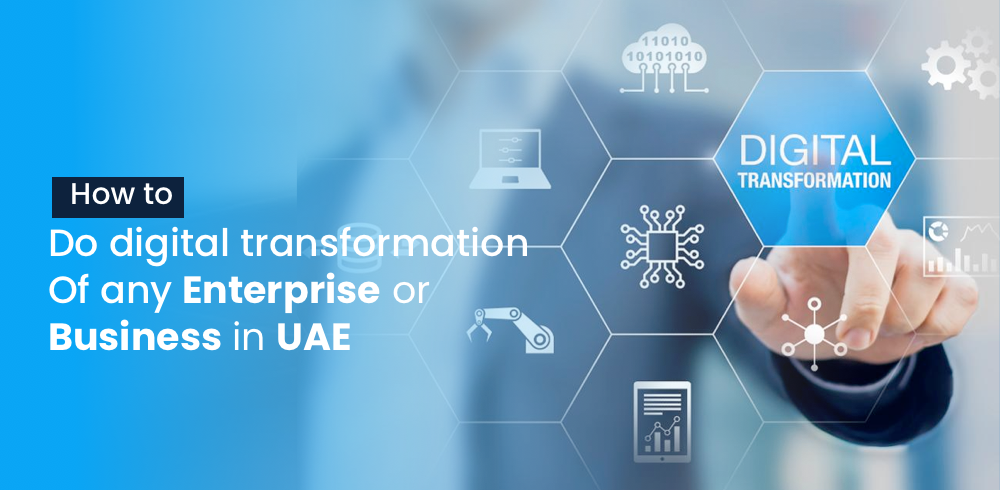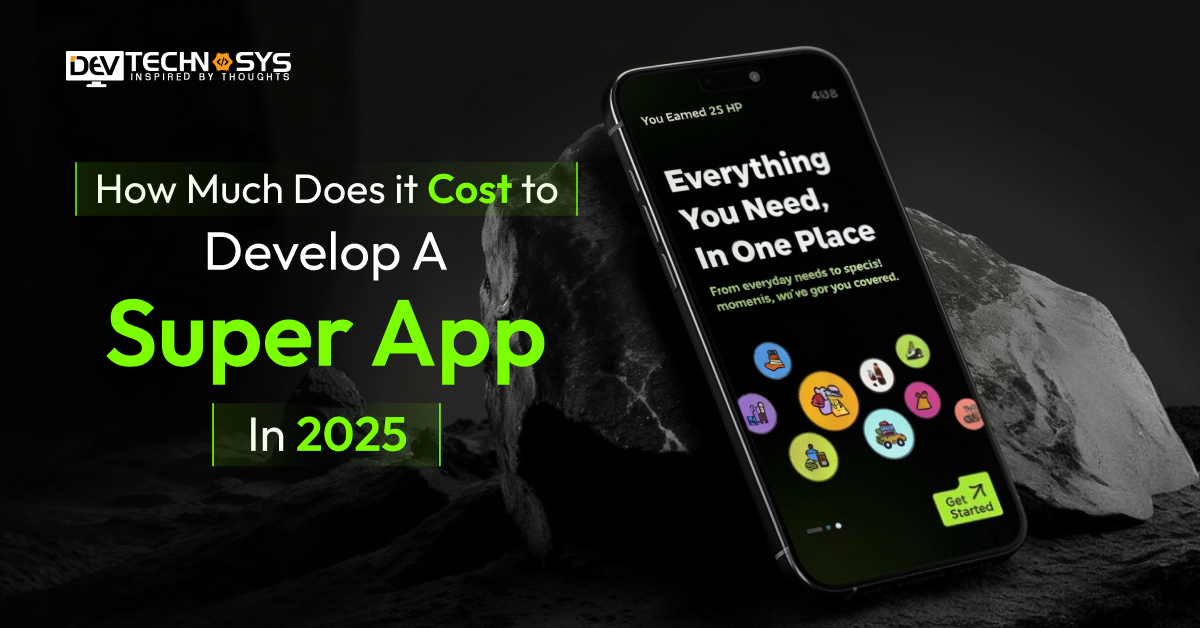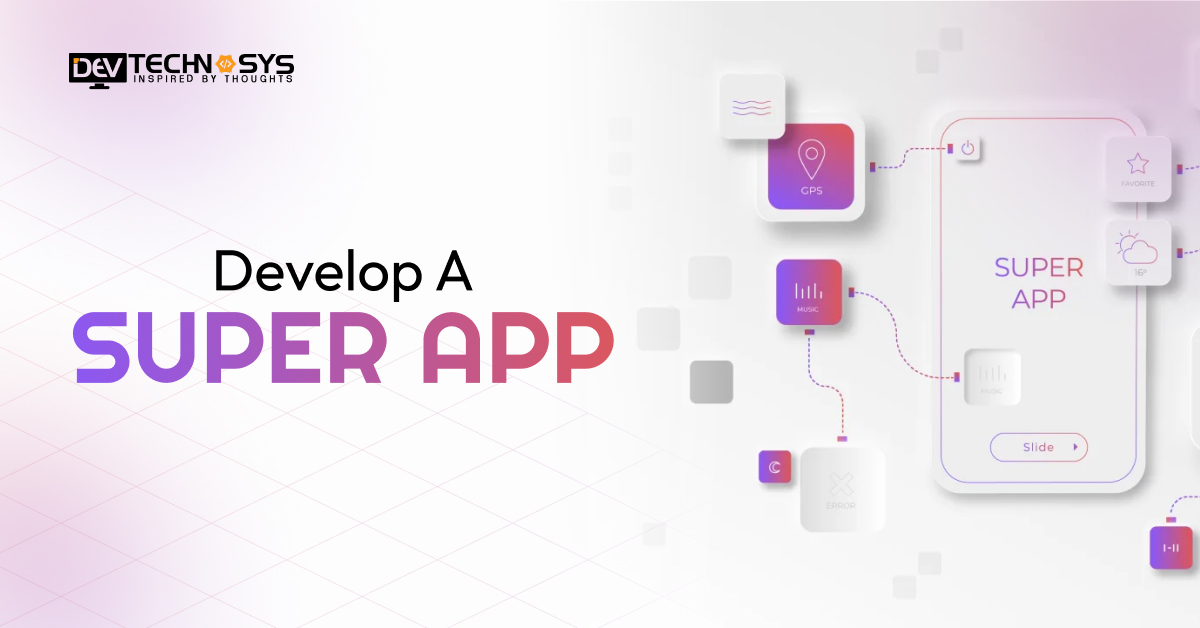In modern times of high market competition and dynamic marketing trends, digital transformation is the key to success for all enterprises and businesses. Customer demands and behavioral patterns, too, are never static, and companies need to keep themselves updated in terms of digital resources. In a scenario when customers are turning towards mobile apps, you must start focusing more on enterprise mobility solutions, thus reaching out to a border target group.
Digital transformation is paving ways to provide value to one’s customers, and there is no alternative path to it. It is the digital FOMO or the ‘Fear of Missing Out’ that drives businesses and enterprises to implement new techniques to stand out in the crowd. In this article, we will discover the various ways to transform our business digitally by putting more emphasis on intelligent and effective strategies.
Types of Digital Transformation
The new technologies have created significant opportunities for business transformation. However, many of the enterprises fail to realize which would be the best option suitable for their particular business model. Trying digital transformation in multidimensional ways might confuse you, and you might feel lost. Learn about the following four types of digital transformation before making any plans.
- Process Transformation: Some businesses need to put more focus on their processes and reinvent them through data, APIs, analytic, machine learning and various other technologies. The goal of process transformation is to lower the costs, increase quality and reduce cycle times.
- Business Model Transformation: Some enterprises are willing to implement digital technologies to transform their business models. While the process transformation focuses only on the finite business areas, the business model transformation type emphasizes the fundamentals of how one should deliver value to their consumers. Netflix’ strategies to reinvent video distribution is a classic example of this type of digital transformation.
- Domain Transformation: This critical and powerful area of digital transformation is surprisingly neglected. It has the real potential to unlock new opportunities to create and deliver new value to the customers. One of the best examples of domain transformation is the launch of Amazon Web Services (AWS) by Amazon. Today, it is one of the largest cloud computing solutions. It existed in a domain that was formerly owned by Microsoft and IBM.
- Organizational/Cultural Transformation: A long-term and complete digital transformation demands businesses to redefine their organizational mindsets, talent, processes and capabilities tailored to the digital world. With agile workflows and decentralized decision-making procedures, the avant-grade corporations recognize that digitization requires so much more in order to strive for a brand name. Besides, a greater reliance on the business ecosystems and bias towards learning and testing procedures are equally important in the process.
Do a thorough study of each of the digital transformation types and choose yours wisely to ensure the maximum benefits.
Steps for Digital Transformation in the UAE
To help you progress from smart and innovative development of strategies to making an architectural framework, to the final practical execution, we have created a compiled list of the six primary digital transformation steps –
Step 1: Identify your Objectives
While you might be busy making strategies for making the perfect digital transformation, you must, however, take care of the outcomes that you might have. The plans made and implemented are only one half of the apple. The other half lies in the strategizing and redesigning the entire business model to work in the following key areas –
● Improving efficiency and productivity, reducing costs and integrating all the supply-chain partners.
● Enhancing customer experience and improving brand loyalty.
● Optimizing business infrastructures, and improving agility and flexibility.
● Focusing on cost-effectiveness.
● Simplifying the management of services.
Step 2: Study and Monitor Technology Enablers
Next would be to make a study about the technology enablers in the market, which include cyber security, intelligent automation, personas and context, and the Internet of Things. Also, make sure that the technologies you are selecting are secure enough right from the start so that they don’t cause any delays later. Among the latest enablers include SMAC and mobility. Enterprise mobility management includes the implementation of wearable technologies and other smart mobile devices. Cloud services, too, are evolving and taking to broader concepts such as software-defined data centers, and of course, hybrid IT.
Step 3: Think the Big Picture and the Future Platform as a Digital Business
You can utilize the above-mentioned fundamental technology enablers to gather a highly-visualized digital ecosystem. Moreover, with web and mobile app development services as the latest trends, you can decide the future course of action for your enterprise. For example, on-demand services are gaining a good position in the app market, and today, it is the most profitable area for any mobile app development company.
Step 4: Take Complete Control of the Digital Services life Cycle
The following step for any IT company would be to consider the questions of ‘how’ and ‘what’. For example, you must decide ‘what’ innovative products or services you would like to achieve a digital presence for, and ‘how’ you are going to do that. However, being at the face of a dynamic market, merely knowing the ‘how’ and ‘what’ of things won’t be sufficient. You also need to master these areas and plan the processes of designing, developing, deploying, evolving and managing your digital services. Having mastery over the life cycle of your digital services would help you to grow more competent and sustainable even in the toughest situations. Moreover, it will prepare you for the years to come.
Step 5: Organize your Business for Digital Innovation
You must have a well-established digital platform ecosystem, be it your website or mobile app. You must select the appropriate set of innovations like disruptive and enabling technologies, depending upon your target market and your business motto. For example, business managers can choose from capabilities like omnichannel integration, persona-driven approach, analytical insights, customer centricity, and many others.
Step 6: Execute Agility for your Future Digital Platform
Last but not the least, you must take a virtual journey to how the future platform would be like so that you can devise more innovative plans. However, you must remember that we live in an ever-evolving hybrid IT world. So even if you have the latest technologies at hand, make sure to think big and envision the future. For example, an Android or iOS app development company would require to consider the growing needs of the smartphone users and how the mobile industry is coming up with software updates every single day.
Final Comments
Keeping these steps in mind, you need to reinvent your business processes to reach a wider audience. A bit of forethought, the ability to adapt to changes and to implement the recent market trends is what you need to make your digital platform flourish.












